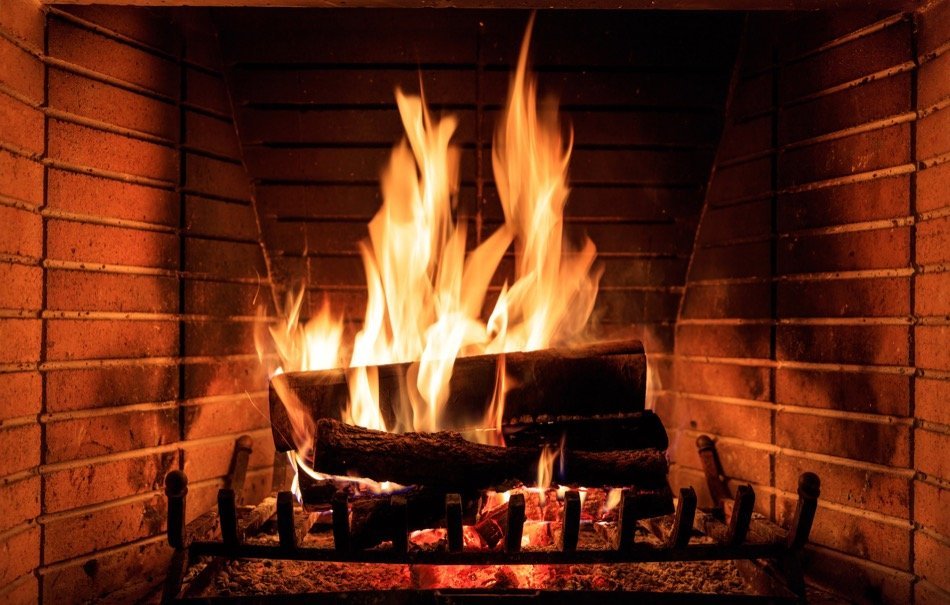Contents
Introduction:
A warm and inviting fireplace can transform the ambiance of any living space, providing comfort and a sense of home. However, the joy of a crackling fire comes with the responsibility of ensuring its safe and proper extinguishment. Understanding the nuances of safely putting out a fire in your fireplace is crucial to mitigate potential risks and enhance both the immediate and long term safety of your home.
In this comprehensive guide, we will delve into the intricacies of fire safety, exploring the various types of fireplace fires, potential risks associated with mishandling, and the essential measures required for safe extinguishment. From wood burning to gas fireplaces, each presents unique challenges and considerations that demand a tailored approach to ensure a controlled and secure fire environment.
Beyond the immediate act of extinguishing a fire, we will discuss the critical importance of preemptive safety measures, from clearing the surrounding area of flammable materials to strategically placing fire extinguishers and other essential tools. Additionally, we will explore the different types of fireplace tools and equipment that play a pivotal role in maintaining a safe and enjoyable fireplace experience.
As we guide you through the step by step process of safely extinguishing fires in both wood burning and gas fireplaces, we’ll address potential emergencies, emphasizing the importance of quick and decisive action. The post fire safety measures and preventive strategies outlined here are designed not only to address immediate concerns but also to foster a continuous commitment to maintaining a secure fireplace environment.
Our aim is to equip you with a comprehensive understanding of fireplace safety, empowering you to enjoy the warmth and comfort of your fireplace responsibly. By the end of this guide, you will have the knowledge and confidence to navigate the intricacies of fireplace safety, fostering a home environment that harmonizes warmth with security.
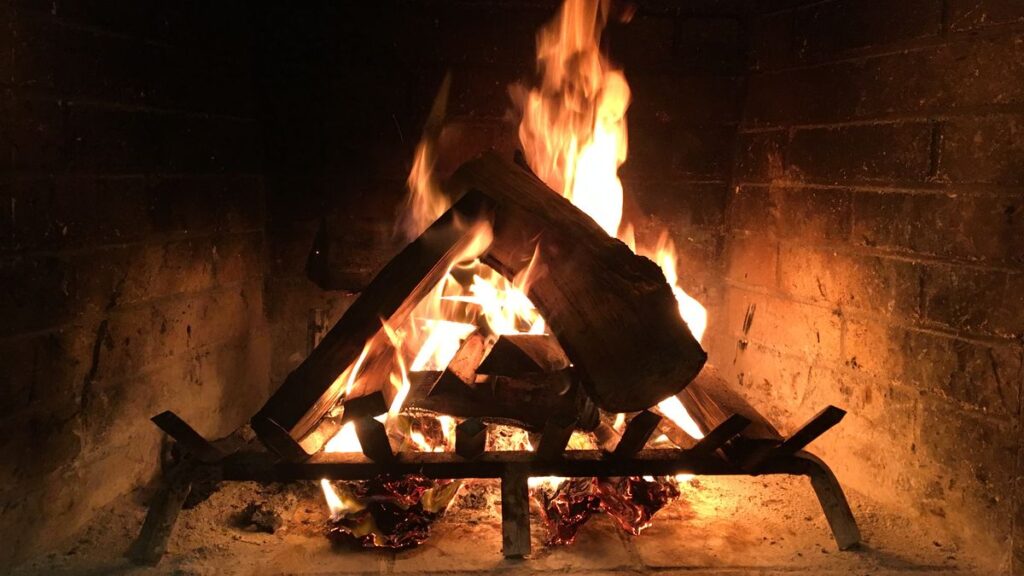
Understanding the Types of Fireplace Fires:
A crucial aspect of mastering fireplace safety lies in a comprehensive understanding of the various types of fires that can occur in different fireplace setups. Whether you have a traditional wood burning fireplace or a modern gas alternative, each type of fire presents its own set of characteristics and challenges.
Wood Burning Fireplaces:
Characteristics of Wood Fires:
- Wood fires are known for their mesmerizing crackling sounds and authentic warmth, fueled by the combustion of seasoned firewood.
- Understanding the importance of proper airflow and a well built fire structure for an optimal and controlled burn.
Common Causes of Wood Fire Emergencies:
- Overloading the fireplace with excessive wood, leading to uncontrolled flames and potential hazards.
- Ignoring the significance of using well seasoned wood, which reduces the risk of excessive creosote buildup in the chimney.
Gas Fireplaces:
Characteristics of Gas Fires:
- Gas fireplaces provide instant heat and are often more convenient, offering the allure of a controlled flame with the flip of a switch.
- Recognizing the differences between vented and ventless gas fireplaces and their specific combustion processes.
Common Causes of Gas Fire Emergencies:
- Malfunctions in the gas supply system, such as leaks or pressure irregularities, posing immediate safety threats.
- Ignoring routine maintenance, leading to issues like burner obstructions or faulty ignition systems.
By comprehending these distinctions, you’ll be better equipped to address the unique challenges each type of fireplace fire presents. This knowledge serves as the foundation for implementing effective safety measures and appropriate extinguishing techniques tailored to the specific characteristics of the fire in your chosen fireplace. In the following sections, we will delve into the essential safety precautions and tools needed for a secure fireplace environment, irrespective of the type of fire you are dealing with.
Essential Safety Precautions:
Ensuring the safety of your home during and after enjoying a comforting fire involves a series of critical precautions. From creating a secure physical environment to having the right safety equipment readily available, these measures are fundamental to mitigating potential risks associated with fireplace use.
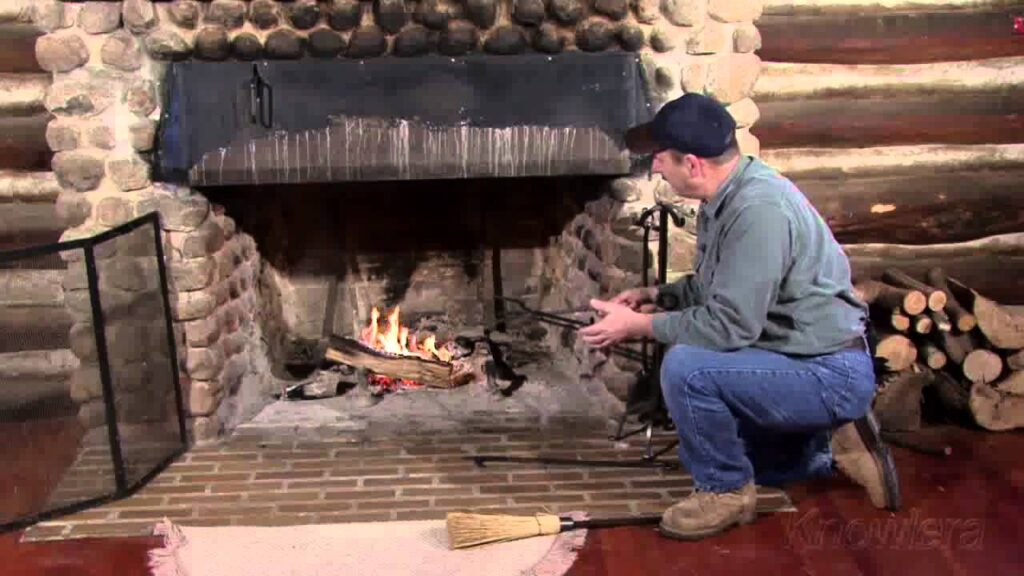
Clearing the Surrounding Area:
Flammable Materials:
- Identifying and removing any flammable materials near the fireplace, such as curtains, furniture, or decorations, to prevent accidental ignition.
- Maintaining a clear perimeter around the fireplace to reduce the risk of sparks reaching nearby combustibles.
Furniture Placement:
- Strategically arranging furniture to ensure that it does not obstruct the path to emergency exits and fire safety equipment.
- Creating a designated safe zone around the fireplace, free from potential fire hazards.
Fire Extinguisher Placement and Type:
Selecting the Right Fire Extinguisher:
- Understanding the different types of fire extinguishers and selecting one suitable for the specific fire risks associated with your fireplace.
- Ensuring that the chosen fire extinguisher is rated for both Class A (wood, paper) and Class B (flammable liquids) fires.
Proper Installation and Accessibility:
- Installing fire extinguishers at accessible and strategic locations, considering the size and layout of the room.
- Regularly inspecting and maintaining fire extinguishers to guarantee their functionality in case of an emergency.
These safety precautions form the initial line of defense in preventing fire related incidents in your home. By being proactive in creating a secure environment and having the right tools in place, you enhance your ability to respond effectively to any unforeseen challenges that may arise during the use of your fireplace. In the subsequent sections, we will delve into the essential tools and equipment needed for both maintaining a safe environment and extinguishing fires in various types of fireplaces.
Tools and Equipment:
Equipping yourself with the right tools and equipment is paramount to managing your fireplace safely and efficiently. From specialized fireplace tools to fire extinguishing equipment, having the appropriate gear readily available ensures you are prepared to address any situation that may arise during or after a fire.
Fireplace Tools:
Poker, Tongs, and Shovel:
- Understanding the functions of each tool – the poker for adjusting burning logs, tongs for safely rearranging them, and the shovel for removing ash.
- Utilizing these tools with caution and precision to maintain control over the fire and prevent accidents.
Fire Screen:
- Installing a fire screen to prevent sparks and embers from escaping the fireplace and causing potential hazards.
- Ensuring the screen is securely in place and in good condition to effectively contain any stray debris.
Fire Extinguishing Equipment:
Fire Extinguisher:
- Keeping a multi purpose fire extinguisher within easy reach and ensuring all household members know how to operate it.
- Familiarizing yourself with the PASS method (Pull, Aim, Squeeze, Sweep) for effective fire extinguisher use.
Bucket of Sand or Ash:
- Maintaining a bucket of sand or ash nearby to smother small flames and act as an additional extinguishing agent.
- Using sand or ash cautiously, especially in wood burning fireplaces, to avoid smoldering or reignition.
By having these tools and equipment on hand, you not only enhance your ability to maintain a controlled and secure fire environment but also ensure that you are well prepared to respond promptly to emergencies. In the subsequent sections, we will guide you through the specific steps for safely extinguishing fires in both wood burning and gas fireplaces, taking into account the nuances of each type of fire.
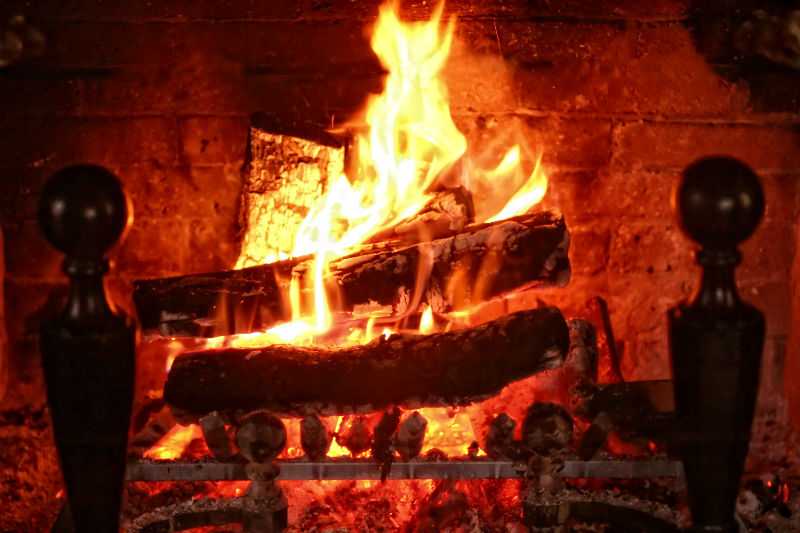
Steps to Safely Extinguish a Fireplace Fire:
Successfully extinguishing a fireplace fire involves a systematic and careful approach, considering the unique characteristics of the fire source. Whether you’re dealing with a wood burning or gas fireplace, the following steps outline a comprehensive process to safely and effectively put out the flames.
Monitoring the Fire:
Regular Checks:
- Periodically inspecting the fire to ensure it remains within the confines of the fireplace and is not producing excessive sparks or embers.
- Observing the color and behavior of the flames to gauge the intensity of the fire and identify any unusual signs.
Signs of an Uncontrolled Fire:
- Recognizing indicators of an uncontrolled fire, such as rapid and unpredictable flame growth, excessive smoke, or unusual odors.
- Being vigilant for signs of a potential chimney fire, such as loud cracking or popping sounds and a significant increase in smoke.
Preparing for Extinguishing:
Protective Gear:
- Wearing appropriate protective gear, including heat resistant gloves and eyewear, to safeguard against burns and debris.
- Ensuring that all individuals present during the extinguishing process are similarly equipped with suitable safety gear.
Assembling Tools:
- Gathering necessary tools, such as the poker, tongs, shovel, and fire extinguisher, in close proximity to the fireplace for easy access.
- Confirming that the fire screen is securely in place to contain sparks and embers during the extinguishing process.
Extinguishing a Wood Burning Fireplace Fire:
Closing the Damper:
- Closing the damper to restrict the airflow and reduce the intensity of the fire.
- Understanding the importance of the damper in controlling the burn rate of the fire.
Using Fireplace Tools:
- Using the poker and tongs to rearrange burning logs, spreading them apart to hasten the cooling process.
- Using the shovel to remove ash and partially burnt logs, further reducing the fuel source.
Extinguishing a Gas Fireplace Fire:
Turning Off the Gas Supply:
- Locating and turning off the gas supply valve to the fireplace.
- Verifying that the gas supply is completely shut off to prevent any gas leakage.
Using the Emergency Shut off Valve:
- Familiarizing yourself with the location of the emergency shut off valve and using it in case of a malfunction or gas related emergency.
- Ensuring the valve is easily accessible and operational.
By following these steps, tailored to the type of fireplace in use, you can approach the process of extinguishing a fire with confidence and precision. The subsequent sections will address specific measures for dealing with emergencies, ranging from small fires to larger, more complex situations, ensuring a comprehensive understanding of fireplace safety procedures.
Dealing with Emergencies:
Effectively managing fireplace emergencies requires a clear understanding of potential scenarios and the appropriate response measures. From small, manageable fires to larger, more critical situations, knowing how to react promptly and decisively is key to ensuring the safety of yourself, your loved ones, and your property.
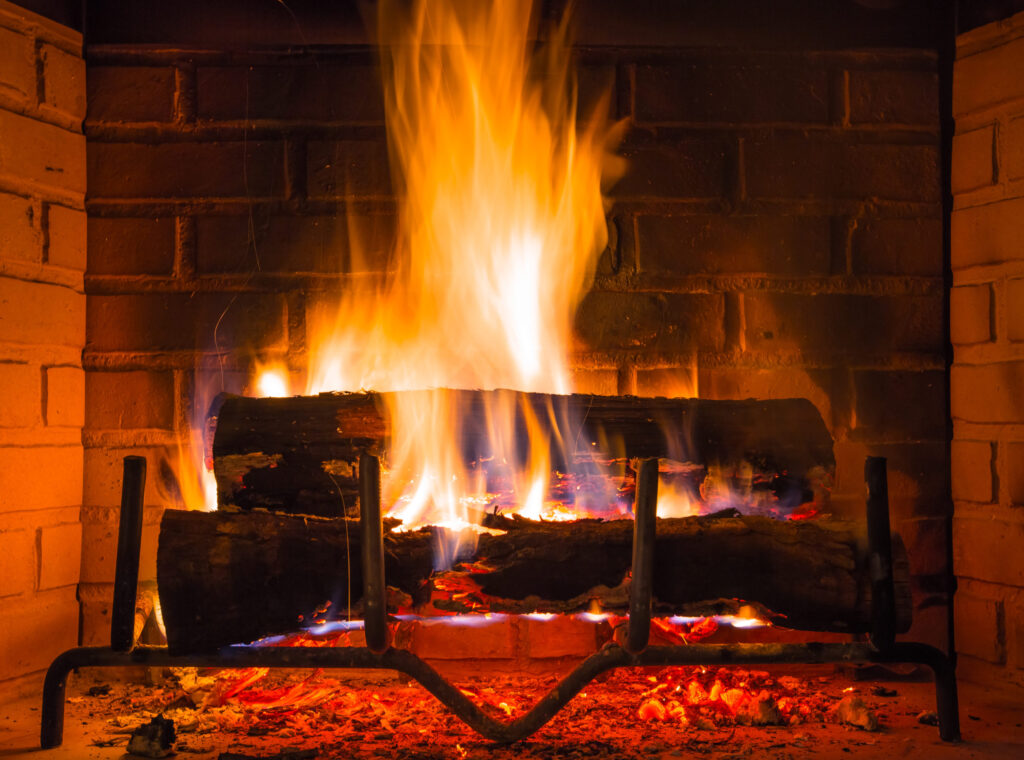
Small Fires:
Using a Fire Extinguisher:
- Grabbing a suitable fire extinguisher and employing the PASS method (Pull, Aim, Squeeze, Sweep) to extinguish small flames.
- Maintaining a safe distance while using the fire extinguisher and avoiding inhaling smoke.
Applying Sand or Ash:
- Using a bucket of sand or ash to smother small flames, especially in wood burning fireplaces.
- Applying the sand or ash cautiously to avoid smoldering and potential re ignition.
Larger Fires:
Evacuation Procedures:
- Prioritizing the safety of individuals by following predetermined evacuation routes and meeting points.
- Avoiding attempts to extinguish larger fires without professional assistance, as this may lead to increased risk.
Calling Emergency Services:
- Dialing emergency services immediately upon recognizing a larger, uncontrolled fire.
- Providing essential information, such as the location and nature of the emergency, to facilitate a swift and appropriate response.
Understanding the distinction between small and larger fires is crucial in determining the most suitable course of action. While small fires may be manageable with the use of a fire extinguisher or sand, larger fires necessitate a focus on evacuation and prompt communication with emergency services.
Post Fire Safety Measures:
Ensuring the safety of your home extends beyond the immediate act of extinguishing a fire. Post fire safety measures are vital for assessing any potential damage, addressing lingering risks, and maintaining a secure environment for future fireplace use.
Inspecting the Fireplace and Chimney:
Signs of Damage:
- Conducting a thorough visual inspection of the fireplace and chimney to identify any signs of damage, such as cracks, warping, or discoloration.
- Paying attention to the integrity of the firebrick lining and the condition of the chimney cap.
Scheduling Professional Inspection:
- Recognizing the importance of professional inspections to assess hidden or structural damage.
- Scheduling routine inspections by a qualified chimney sweep or technician to address any issues promptly.
Cleaning Up Residual Ash and Debris:
Using a Fireplace Ash Vacuum:
- Employing a specialized fireplace ash vacuum to safely and efficiently remove residual ash without generating dust.
- Ensuring that the vacuum is designed for fireplace use and equipped with a fine particle filter.
Proper Disposal:
- Disposing of ash and debris in a metal container with a tight fitting lid.
- Keeping the container outside the home and away from flammable materials until the ash is entirely cooled.
These post fire safety measures contribute to the overall health and longevity of your fireplace. Regular inspections and diligent cleanup not only address immediate concerns but also create a foundation for continued safe use. In the subsequent section, we will explore preventive measures aimed at minimizing the risk of future fires, emphasizing the importance of regular maintenance and proactive care for your fireplace.
Preventive Measures for Future Fires:
Proactive maintenance and preventive measures play a crucial role in fostering a safe and enjoyable fireplace experience. By taking steps to minimize potential risks and address issues before they escalate, you can create a secure environment for ongoing fireplace use.
Regular Maintenance:
Cleaning the Chimney:
- Recognizing the importance of regular chimney cleaning to remove accumulated creosote, debris, and other obstructions.
- Scheduling professional chimney sweeps annually or more frequently, depending on usage and the type of fuel burned.
Inspecting and Repairing Damper:
- Periodically inspecting the damper for proper functionality, ensuring it opens and closes smoothly.
- Promptly repairing any damper issues, such as rust, warping, or malfunction, to maintain control over the fire.
Creating a Safety Routine:
Establishing Regular Checks:
- Implementing a routine for regular checks of the fireplace, including visual inspections of the firebox, chimney, and surrounding area.
- Prioritizing these checks before the start of the winter season and after periods of frequent fireplace use.
Educating Household Members:
- Ensuring that all household members are educated on fire safety practices, emergency procedures, and the location and use of safety equipment.
- Conducting periodic fire drills to reinforce safe evacuation procedures.
By incorporating these preventive measures into your fireplace maintenance routine, you contribute to the longevity of your fireplace while minimizing the risk of future fires. Regular checks, coupled with informed and prepared household members, create a culture of safety that enhances the overall enjoyment of your fireplace.
In conclusion, this comprehensive guide has equipped you with the knowledge and tools necessary to safely manage fires in your fireplace. From understanding different types of fires to implementing preventive measures, you are now empowered to create a secure and cozy fireplace environment in your home.
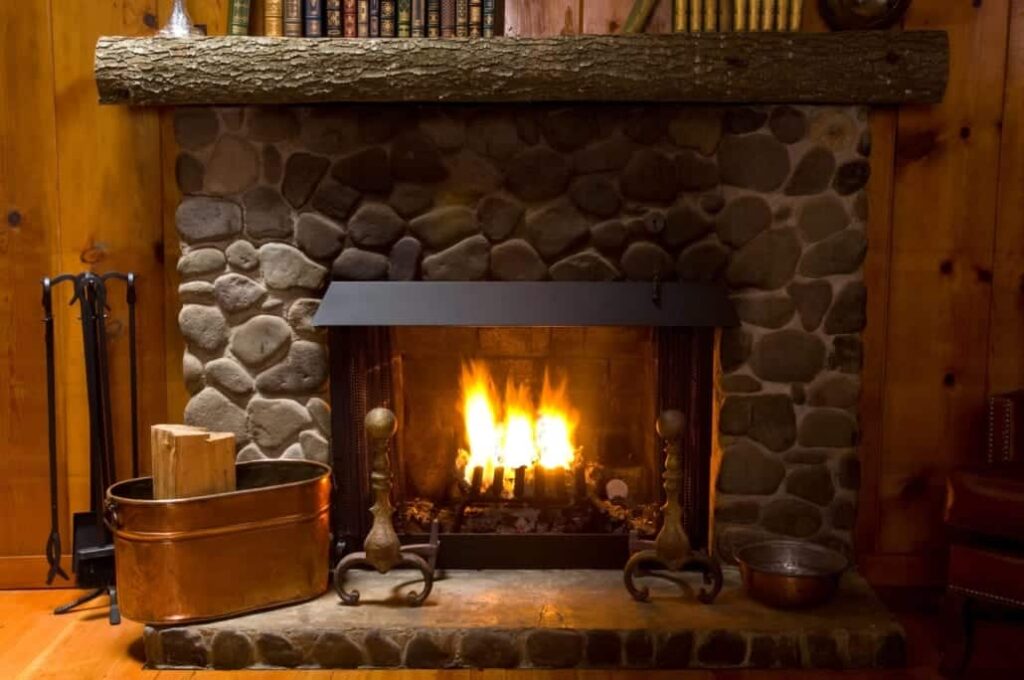
Conclusion:
As we conclude this comprehensive guide, we reflect on the multifaceted aspects of safely managing fires in your fireplace. The journey has taken us from understanding the nuances of different fireplace fires to implementing essential safety precautions, utilizing tools and equipment, and navigating the intricacies of extinguishing fires in both wood burning and gas fireplaces.
Our exploration extended into dealing with emergencies, emphasizing the importance of quick and decisive action in response to varying fire scenarios. Whether faced with a small, manageable fire or a more significant emergency, the guide provided insights into using fire extinguishers, applying sand or ash, and knowing when to prioritize evacuation and emergency services.
Post fire safety measures were discussed, highlighting the significance of inspecting the fireplace and chimney for potential damage. The use of professional inspections and proper cleanup of residual ash and debris contribute to the long term health and safety of your fireplace.
Furthermore, preventive measures emerged as a cornerstone of responsible fireplace ownership. Regular maintenance, including chimney cleaning and damper inspections, combined with the establishment of safety routines and ongoing education, ensures a continuous commitment to a secure fireplace environment.
By embracing the knowledge gained from this guide, you are well prepared to enjoy the warmth and comfort of your fireplace responsibly. The importance of regular checks, a proactive approach to safety, and a culture of fire conscious living collectively contribute to a harmonious coexistence with this timeless source of warmth and ambiance.
As you embark on the journey of fireplace ownership or refine your existing practices, remember that safety is an ongoing commitment. Regularly revisit the preventive measures, stay informed on the latest safety standards, and prioritize the well being of your household.
May your fireplace continue to be a source of joy, comfort, and cherished moments, safely enriching the ambiance of your home for years to come.
